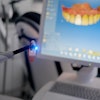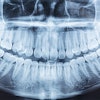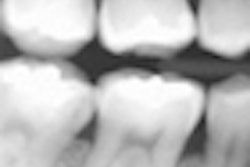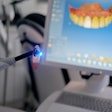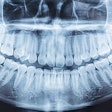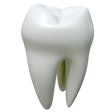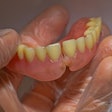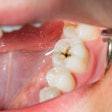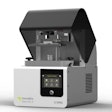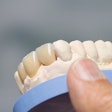Dear Imaging & CAD/CAM Insider,
Picture archiving and communications systems (PACS) are not as common in dentistry as they are in other medical disciplines. But in recent years, a number of dental schools and academic teaching hospitals have begun implementing PACS as part of their overall efforts to go digital.
The latest site to join this trend is Case Western Reserve University School of Dental Medicine, which has spent the last year planning, testing, and implementing an enterprise-wide dental PACS to enhance dental research, patient care, and student training.
Read more in this latest Imaging & CAD/CAM Insider Exclusive.
In related Imaging & CAD/CAM Community news, three start-ups new to the dental field are leveraging their expertise in software development and cloud computing to create online tools for HIPAA-compliant data and image sharing that they say can improve the way dental practices handle consultations and referrals. Click here and here to read more.
In clinical research news, a magnetic resonance imaging technique called SWIFT (sweep imaging with Fourier transform) can provide a 3D assessment that may aid in detecting involvement of the mandible in patients with oral cancer, according to a report in the Archives of Otolaryngology -- Head and Neck Surgery.
And another new imaging modality -- near-infrared transillumination -- can aid in the early detection and diagnosis of approximal caries with greater sensitivity and specificity than bitewing radiographs, according to a study in Dentomaxillofacial Radiology.
Meanwhile, studies have shown that, even with the use of barrier envelopes, bacterial contamination of digital radiography sensors can still occur. An article in the Journal of the Canadian Dental Association offers some practical tips to help ensure that dental practices keep patients safe from cross-contamination during digital x-ray exams. Read more.
In business news, Align Technology is consolidating its New Jersey-based CAD/CAM services and scanner-related activities -- formerly Cadent, which Align purchased earlier this year -- with existing manufacturing and services operations to increase efficiency and reduce operating costs.
And how should the U.S. Food and Drug Administration (FDA) regulate mobile medical apps, including those that enable the viewing of medical images? More than 20 experts shared their opinions with the FDA in September during a two-day public forum at the agency's Rockville, MD, headquarters.
